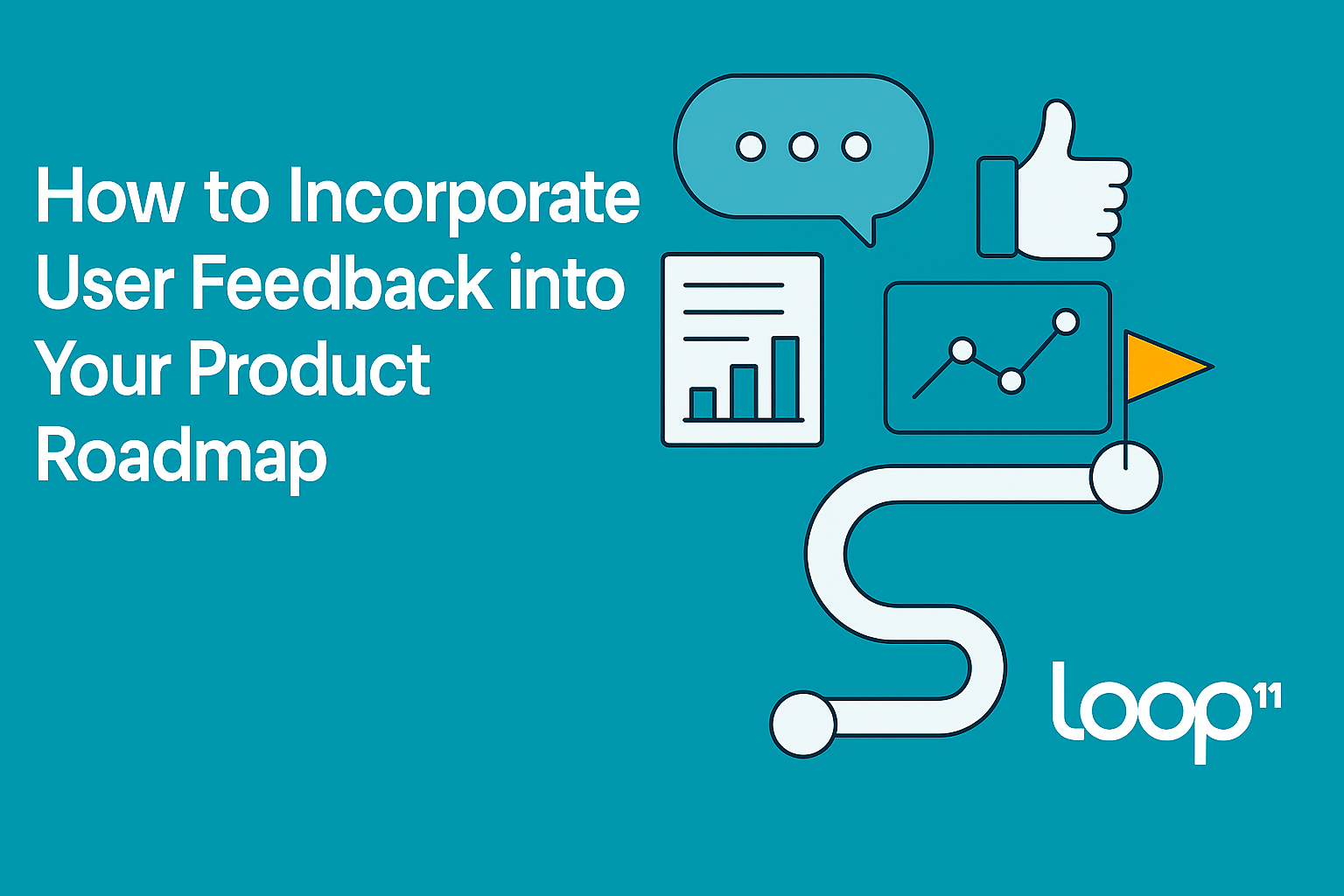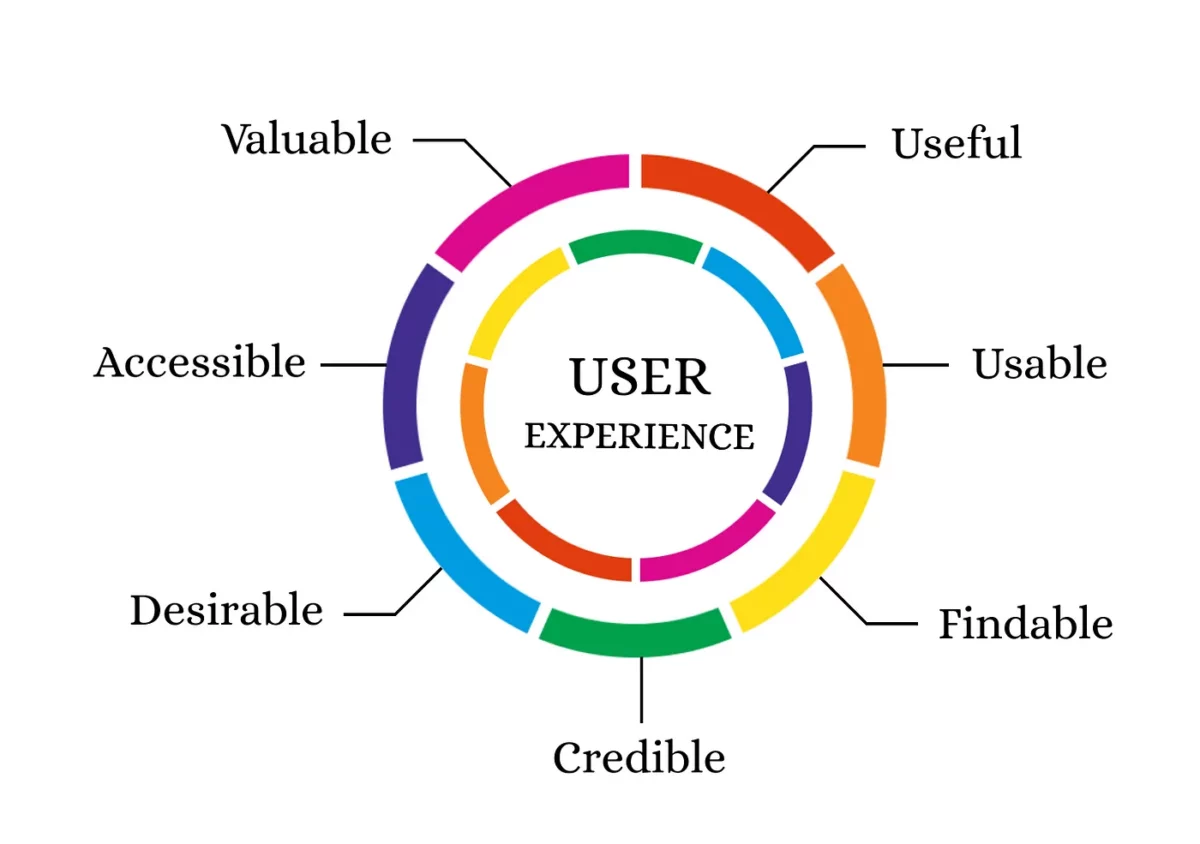As competitive as the market is today, it is no longer an option for successful product development to be aware of what your users need and want.
Incorporating user feedback into your product roadmap will guarantee that the features and updates you’re investing in are the same ones that resonate with your users. This trend not only improves the user experience and customer satisfaction but also customer retention and business success in general. In this article, we explore how to collect, prioritize, and respond to user feedback effectively to drive a product roadmap that will yield meaningful results.
Understanding the Value of User Feedback
Customer feedback encompasses the information gathered from purchasers regarding their experience, problems, and dreams for a good or service. There are many different types of feedback, from straightforward feedback in the form of interviews and questionnaires to convert inferences such as patterns of use and behavior data. Both qualitative feedback, which reveals user motivations and feelings, and quantitative feedback, which provides quantifiable information in the form of data, are gold dust.
The most crucial advantage of user feedback is that it brings product decisions into existence. Rather than relying on assumptions or internal beliefs, product teams can be sure that they are building products with actual user needs. This is important for improved website findability, optimization of information architecture, and overall improved user experience. Feedback guiding your roadmap is that you develop products that users find helpful and straightforward to use.
Methods of Successful Collection of User Feedback
The collection of user feedback in an organized and impartial manner is required for it to be effective. Numerous techniques are prevalent and effective:
- User Testing: Using prototypes or live versions of your product allows you to observe how actual users use it. Mobile testing is especially significant as smartphones represent such a large share of the market. User testing will enable issues with usability and pain points to be addressed at an early stage in the design.
- Surveys and Interviews: These are direct feedback channels through which users can share opinions and experiences of their choice. Well-crafted surveys can collect quantitative scores and qualitative remarks, whereas interviews obtain better-informed responses.
- Prototype Testing: Initial product feature or design cut testing gives teams an opportunity to experiment with ideas prior to full-fledged development. Focusing on what the users really require prevents the wastage of time and resources.
- AI Agents: Sophisticated AI-powered tools may also collect and analyze feedback automatically, spidering customer support requests, social media messages, and reviews to identify repeating patterns and sentiments immediately.
- A/B Testing: In this method, two or more versions of a website or feature are tested and compared to see which one works better under real user behavior. It tests hypotheses derived from feedback prior to full rollout.
Collecting user feedback is not merely a matter of quantity but also quality. Use unbiased surveys, select representative user groups, and combine input from different sources.
Prioritizing User Feedback to Shape Your Product Roadmap
Once feedback is collected, the challenge is then to determine which ideas should be assigned to which priority. Not all feedback is equal, and user wants must be balanced against business goals, technical constraints, and resources.
Some prioritization techniques help to make these decisions more formal:
- Benchmarking: Comparing your product to industry benchmarks or competitors enables you to identify gaps and opportunities in the areas identified through user feedback.
- Impact vs. Effort Matrix: Graphing items of feedback on a graph along the likely impact and effort required enables you to implement high-impact, low-effort changes first.
- Kano Model: In this model, features are categorized as basics, performance drivers, and delight factors based on how they affect user satisfaction. Feedback is utilized to identify into which bucket a request would fall.
It is also not recommended to overfeed back. Attempting to follow every user input can dilute your product vision and cause delays. Instead, exercise strategic judgment by weeding out insights that align with your roadmap goals and generate the highest value.
For example, an application company may receive plenty of feedback requesting numerous minor UI tweaks but emphasize some modifications that significantly improve navigation and mobile usability, as these will contribute substantially to the site’s findability and user satisfaction.
Aligning Product Development with User Feedback
Feedback must never be an after-the-fact thing but should be built into the design and product management process. This is how to do it in harmony:
Incorporation of feedback comes in many forms.
- UX and UI Design Improvements: Use feedback to refine your interface design and information architecture. User testing feedback can identify unclear layouts or missing functionality and guide your redesign decisions.
- Agile Product Management: Incorporate feedback loops into your agile sprints and product backlog grooming. Review feedback regularly to update priorities and hone feature horizons.
- Cross-functional Teamwork: Facilitate frequent interaction between support staff, developers, designers, and product managers. Each group provides a unique perspective that permits proper feedback interpretation and effective implementation.
- Continuous Feedback Loop: Maintain open feedback channels post-release. This enables validation of changes and discovery of evolving requirements, establishing a user-centric culture.
By incorporating user input at every step, starting from prototype testing and all the way to deployment, your product develops based on actual usage and expectations.
How AI Agents Improve Product Feedback Analysis
As more user feedback is becoming impossible to analyze manually, artificial intelligence offers viable solutions for automated and optimized feedback interpretation.
AI agents can screen and filter out enormous volumes of user comments, support queries, and survey responses. They break down sentiment to detect positive, negative, and neutral sentiments and flag emergent themes or feature requests. Automated processing accelerates insight creation and reduces human bias.
In addition, AI code can be combined with A/B testing software to match feedback trends with real user behavior and performance. This integration gives a clearer image of feedback usage and delivers improvements in user experience. Due to AI agents, product teams can divert their skill sets to strategic decisions and not be hindered by data processing.
Prioritizing User Feedback to Inform Your Product Roadmap
Following the implementation of user feedback into your roadmap and releasing updates, there is also a need to track the outcomes to confirm the effect of your work and guide future decision-making.
- Benchmarking Enhancements: Benchmarking Before and After of Important Performance Indicators. This may include user engagement metrics, task completion rates, or conversion rates.
- Testing Website Findability: Use analytics tools to test how easily important information or functionality can be found on your website. Better findability usually follows from a better information architecture informed by user data.
- Repeated Usability Testing and A/B Testing: Regular usability testing assures the change has the desired effect, while continuous A/B testing ensures that design decisions stand the test of scale.
- User Satisfaction Surveys: Gaining feedback once implemented makes the users experience the change and be happier.
Measuring impact enables closing the feedback loop and providing evidence for prioritization on the following roadmap that user needs and business goals are still in sync.
Common Mistakes to Avoid When Using User Feedback
While user feedback is a valuable asset, abuse can cause lost opportunities, ill-informed decisions, or wasted resources. Knowing how to detect and steer clear of potential pitfalls makes your feedback process work in tip-top condition and stay on target.
- Overreacting to Outliers: Not all feedback is generated by the entire user community. Steer clear of reacting too forcefully to anecdotal grievances or highly technical asks unless they’re part of a trend.
- Ignoring Negative Feedback: Everyone wants to hear nice things, but the best feedback might be hiding in the negative. Disregarding negative feedback may divert you from addressing underlying issues that impact user satisfaction.
- Inadequate Segmentation: It is deceptive to assign equal importance to all feedback irrespective of user roles, personas, and usage behavior segment feedback based on user type, activity level, or customer lifecycle to aid context.
- Infrequent Feedback Gathering: Intermittent feedback cycles hinder your response to changing user needs. To remain agile and responsive, incorporate feedback loops as an ongoing part of the product life cycle.
- Not Communicating: Since users spend time giving feedback, they anticipate receiving feedback. Close the loop by letting users know how their feedback impacted changes and building trust and loyalty.
- Overcomplicating the Process: Gathering feedback doesn’t need to be that hard. Choose methods that work for your team size and budget and make it easy for users to contribute.
By knowing these traps, product teams can remain sensitive to significant change, keep their roadmap decisions rooted in intentional, strategic thought, and avoid reactively responding to change.
Conclusion
Taking customer input and using it to inform your product roadmap is a valuable way to launch a product that addresses actual customer requirements. By collecting input from tested processes, ranking insight with clean structures, driving changes into the design effort, leveraging AI tools, and measuring impact, product teams can make fact-based decisions that will lead to success.
This continuous, people-oriented way of working improves website findability and user experience as well as innovation and competitiveness. Strategic feedback enables organizations to act fast, address customers’ requirements, and create sustainability.
- How to Use User Feedback to Guide Your Product Roadmap - July 22, 2025
![]() Give feedback about this article
Give feedback about this article
Were sorry to hear about that, give us a chance to improve.
Error: Contact form not found.




